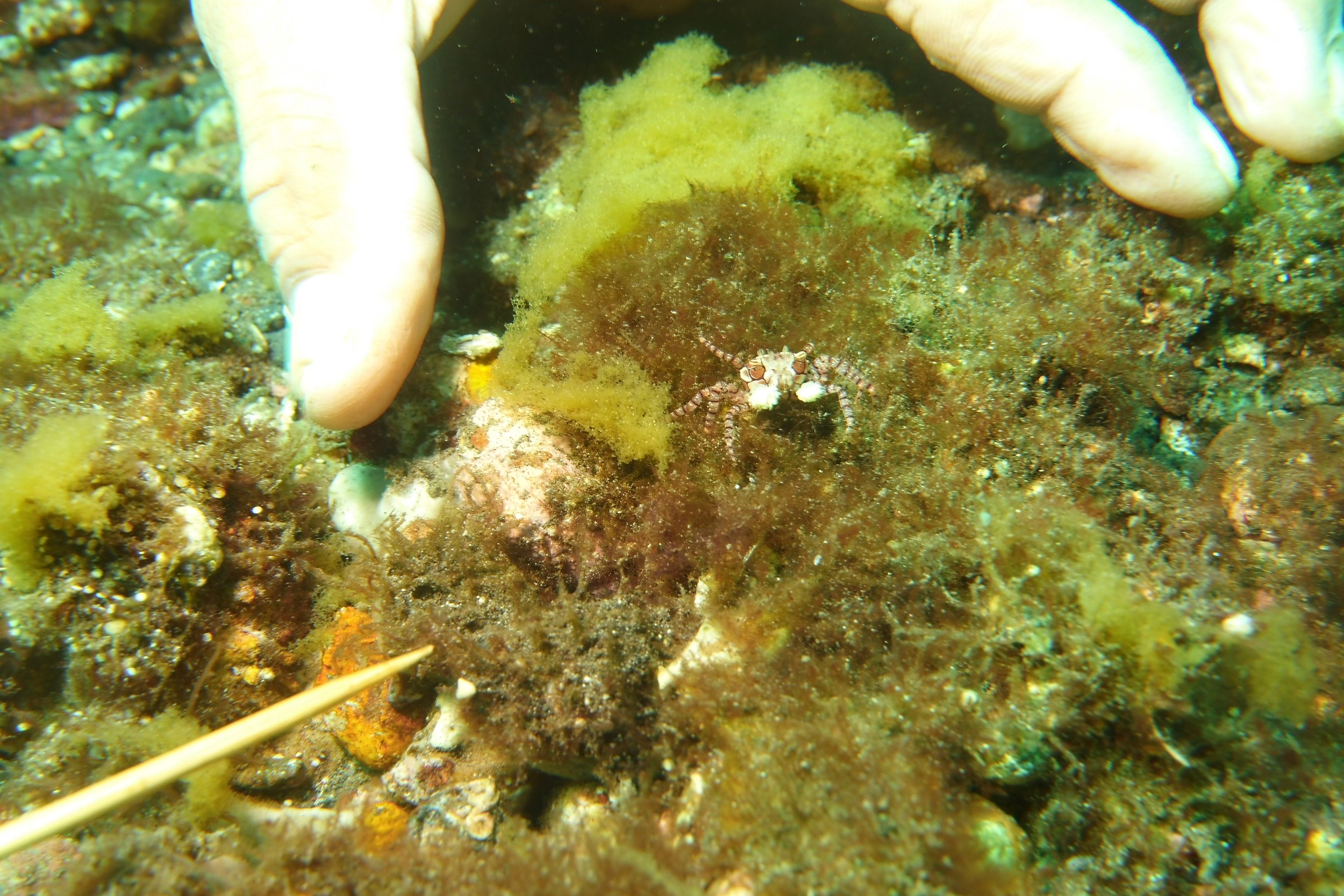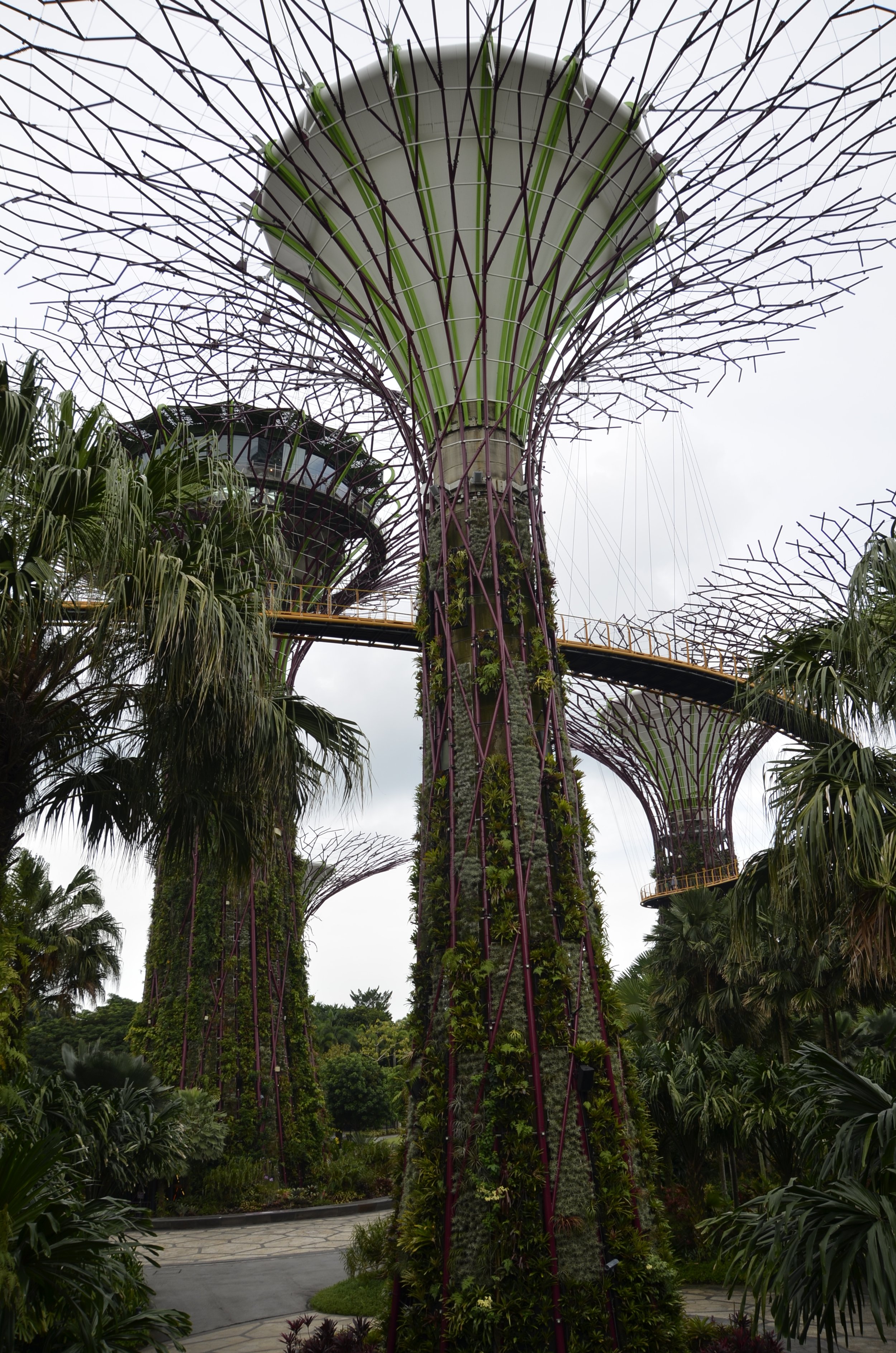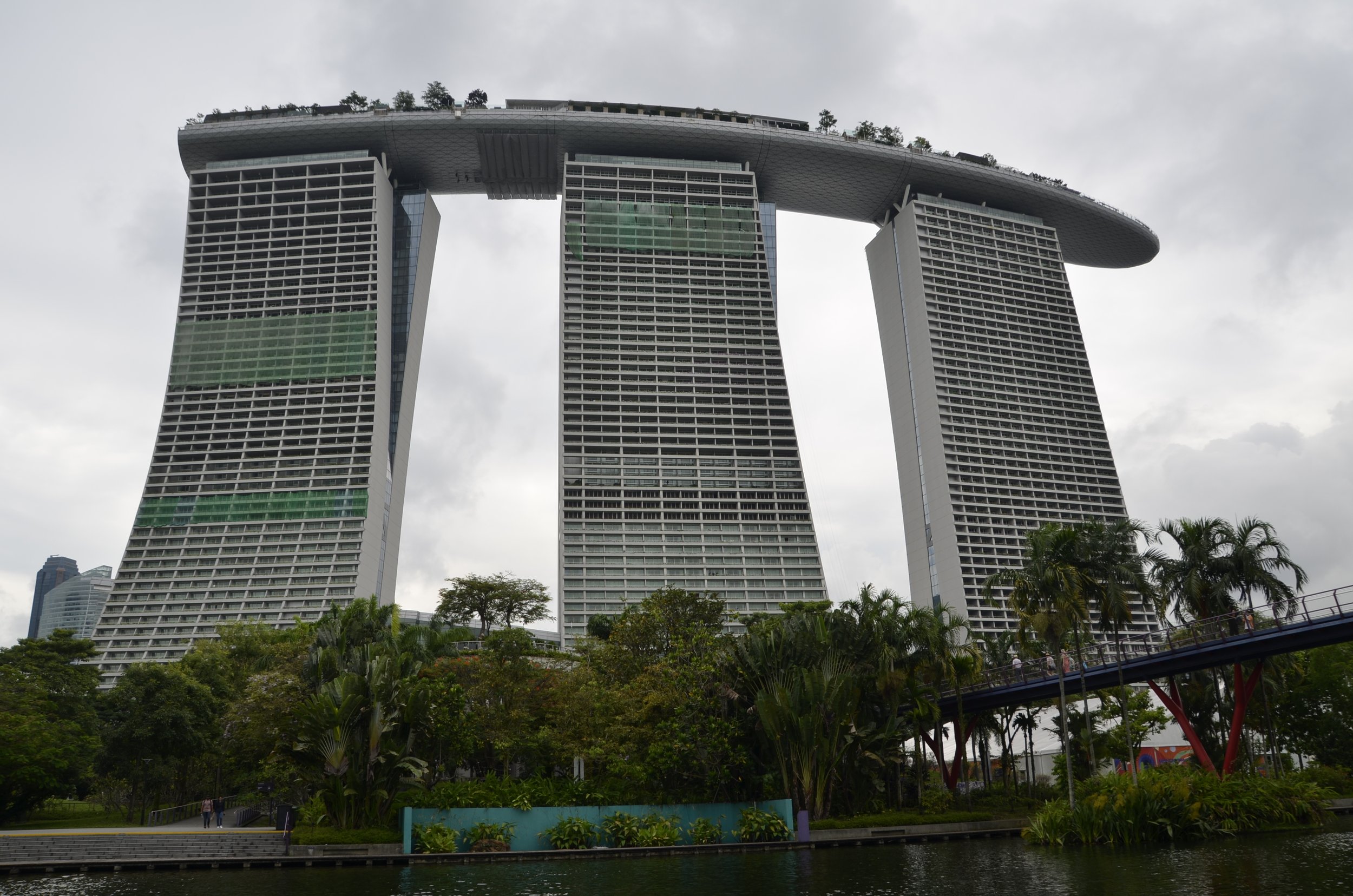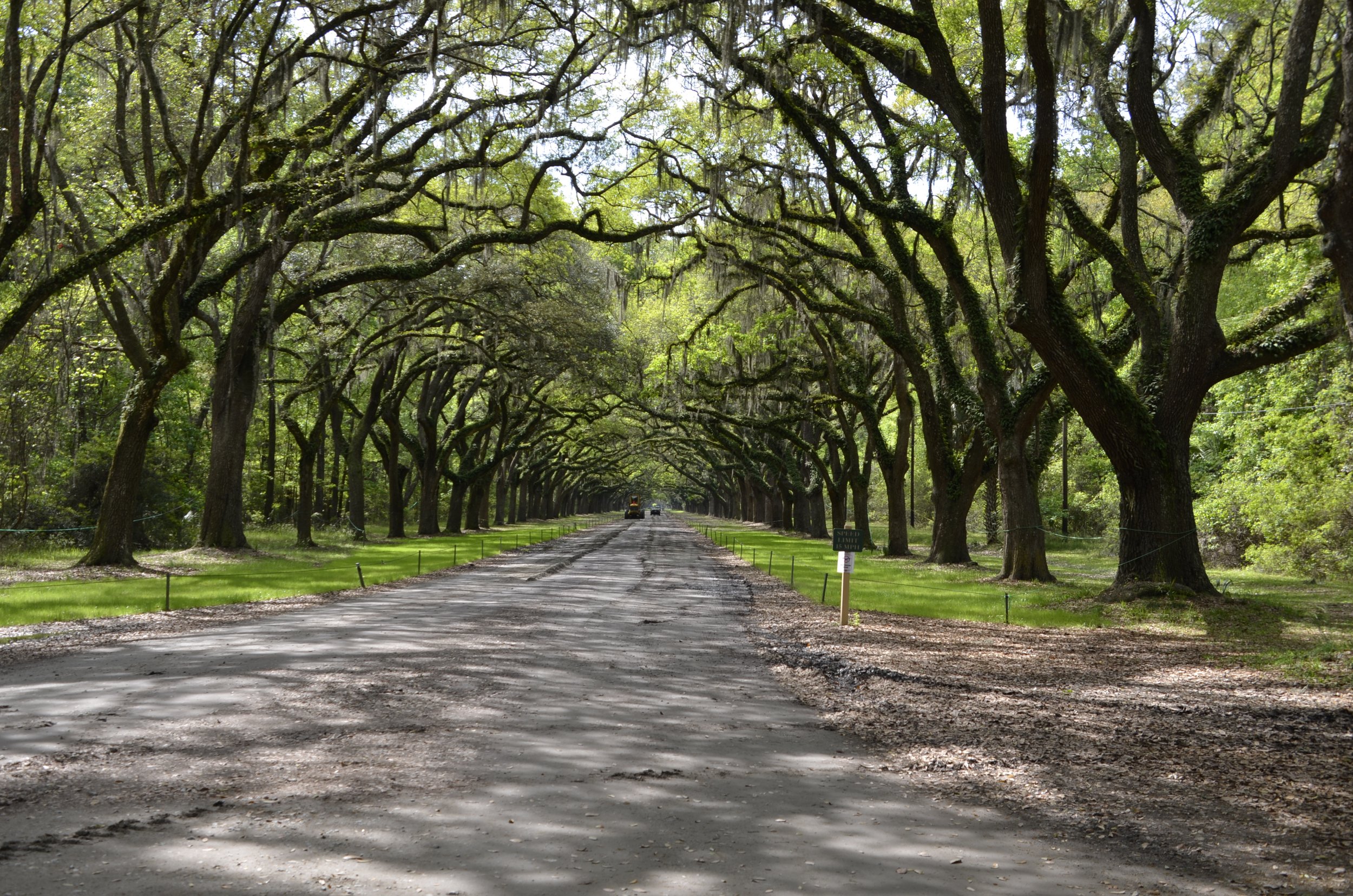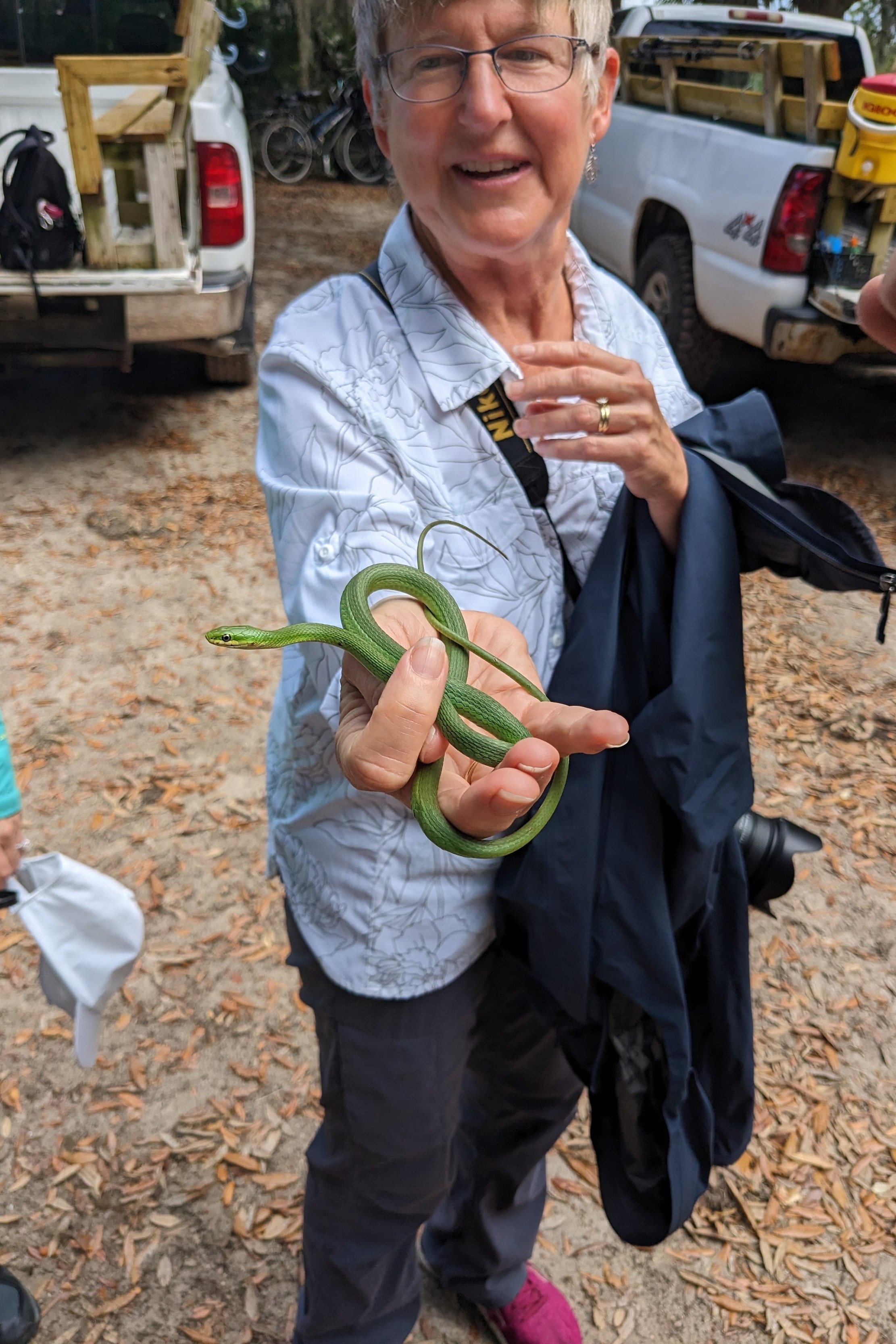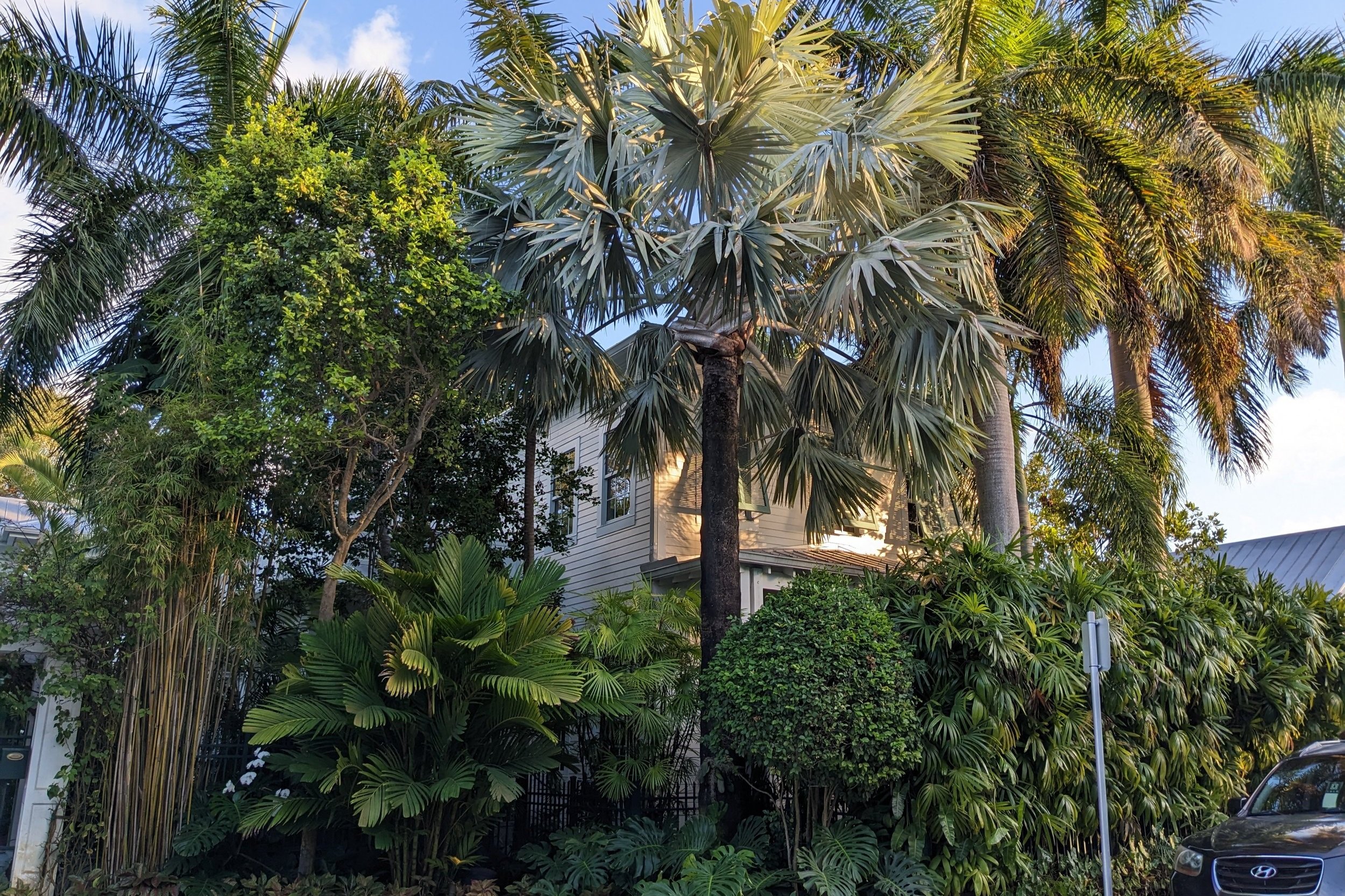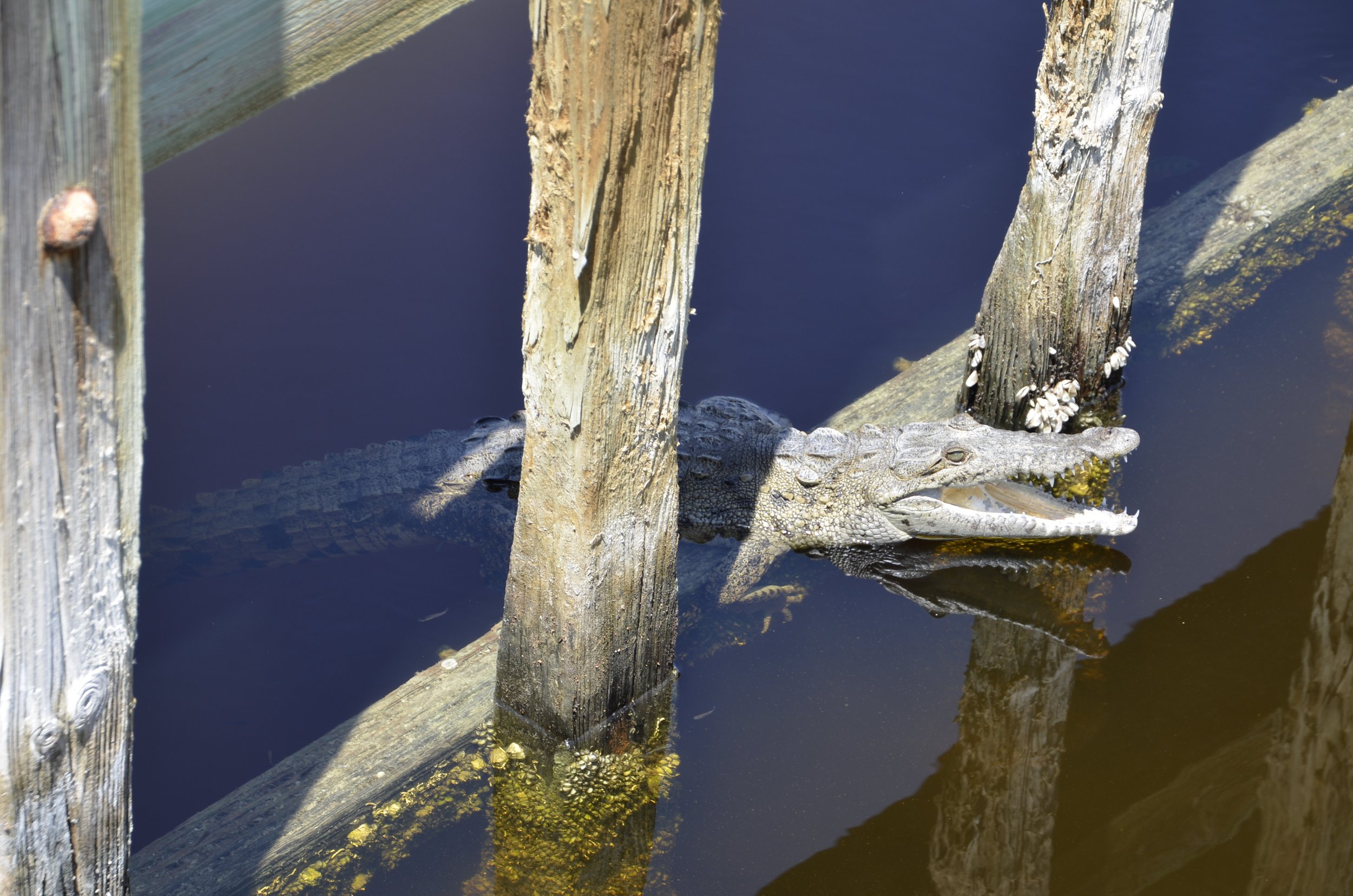Bali
I’d always thought of Bali as this tropical, peaceful paradise, and in reality, it is and it isn’t. Yes it’s tropical and has beautiful nature…
… but it’s also teeming with people, so not so peaceful sometimes.
We actually spent a couple of days in Amed, on the NE coast, before we joined the boat on Komodo. Amed is a small fishing village that has some fabulous diving right from shore.
This Spotted Eel is nicely contrasted by the colorful fish around him.
It’s commonly referred to as “muck” diving, when you’re looking along a sandy or silty bottom for interesting little critters.
That little guy above is usually referred to as a “Pom-pom” or Boxer Crab. Letting you see the actual size:
This next fish, a Leafy Filefish, is one of the more odd ones we’ve seen -
I always like to share nudibranch pictures, because they’re just so beautiful -
definitely enlarge this picture to appreciate all the fine details of the nudi
So, we returned to Bali after our Komodo dive cruise, and spent 5 glorious days in Ubud. This is a town near the center of the island that is very popular with tourists. Traffic can be really slow at times, so we were able to get a good look at how the locals live. Nearly every property is surrounded by brick or concrete walls, enclosing lush courtyards and the family’s temples -
There were always entrance gates to the property, some more elaborate than others -
A daily activity for the Hindus here is making offerings to the gods. Every morning we’d see (usually women) riding on motorbikes and carrying baskets of prepared palm leaf boxes filled with flowers and a small bit of rice. They would place the offerings on the ground in front of the house or business, and then lay a smoldering piece of incense on top.
There is a lot to tell you about in that picture above. This was on a street corner, but usually the offerings remain undisturbed, as people walk over or around them. There are more offerings on the platform above the statue. Concrete or carved stone statues are everywhere. Statues are draped with cloth for celebrations, and sometimes are left, so that they fade, but this one is relatively new. I always smiled when I would see a parasol shading a statue from the strong sun.
We would see a number of shops selling statues, as we rode along -
Now here’s why we had a glorious stay in Ubud -
This huge villa with our private pool was only $87/night! I won’t bore you with all the photos I took, other than to say, we really enjoyed our time here.
On our first day of exploring Ubud, we visited the Palace in the center of town…
… and there were definitely more elaborate gates -
I smiled at the additions to the statues -
We then walked to the Sacred Monkey Forest to ogle the inhabitants - Long-tailed Macaques:
The babies were the cutest, of course -
… and I was definitely drawn to the Mohawks they sported…
… and the moustaches (on both females and males) -
A nice family tableau -
Until next time…



